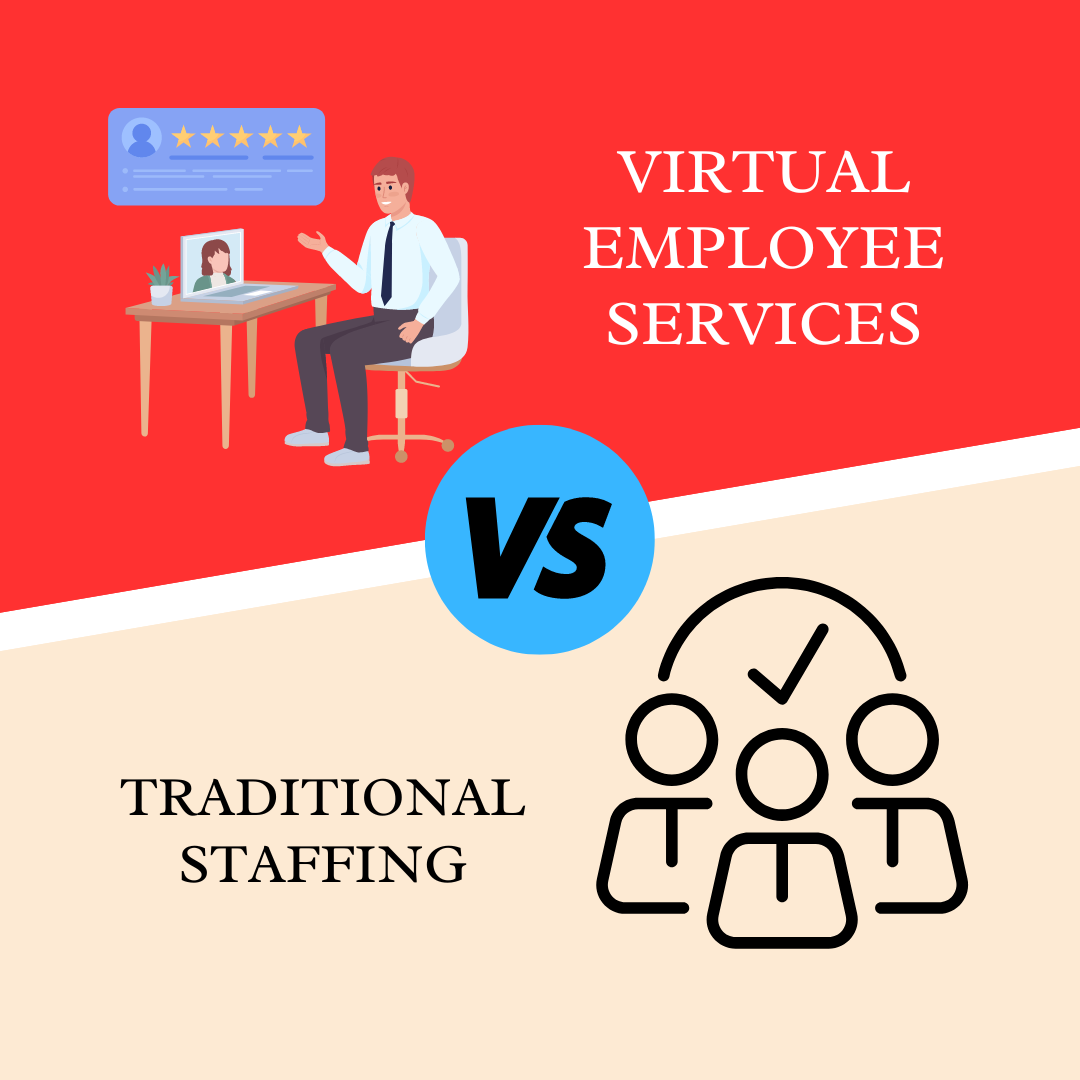When it comes to staffing, businesses today have more options than ever. You’re no longer limited to traditional in-house teams. Virtual employee services are shaking things up, offering an alternative that’s flexible, scalable, and often more cost-effective. But how do these virtual services stack up against traditional staffing methods? Let’s dive in and find out.
Introduction to Virtual Employee Services
So, what exactly are virtual employee services? Imagine having a team of professionals working for your business from various corners of the world, without the need for a physical office space. That’s the essence of virtual employee services. These services allow you to hire skilled workers who perform their jobs remotely. Whether it’s administrative support, customer service, marketing, or IT tasks, virtual employees can handle it all from the comfort of their own homes.
Benefits of Virtual Employee Services
Why are businesses flocking to virtual employee services? The benefits are numerous. First off, you save on overhead costs—no need to rent office space, furnish it, or pay for utilities. Plus, virtual employees often bring their own equipment, reducing your tech expenses.
Another significant advantage is flexibility. Need someone to handle a project for just a few months? No problem. Virtual employee services make it easy to scale your workforce up or down based on demand. And because you’re not limited by geography, you can access a global talent pool, giving you the ability to find the best person for the job, regardless of where they live.
Overview of Traditional Staffing
On the flip side, we have traditional staffing, which involves hiring full-time or part-time employees who work on-site at your business. This is the classic approach to building a team and comes with its own set of advantages and disadvantages.
Advantages of Traditional Staffing
One of the main draws of traditional staffing is the ability to have face-to-face interactions with your team. This can foster better communication, stronger team cohesion, and a more defined company culture. When everyone is under one roof, collaboration can be more straightforward, and it’s often easier to manage tasks and workflows.
Additionally, traditional staffing offers more stability. You have a set team of employees who are fully dedicated to your company, which can lead to higher levels of loyalty and long-term productivity.
Cost Analysis: Virtual Employee Services vs. Traditional Staffing
Now, let’s get to the nitty-gritty: the costs. Which option is more cost-effective, virtual employee services or traditional staffing? The answer, as with many things, depends on various factors. Let’s break it down.
Overhead Expenses
One of the most significant differences between virtual employee services and traditional staffing is overhead expenses. Traditional staffing requires you to provide a workspace for your employees, which includes rent, utilities, office supplies, and equipment. These costs can add up quickly, especially if you’re operating in a city where real estate prices are high.
With virtual employee services, these overhead expenses are virtually non-existent. Your team works remotely, so you don’t need to worry about providing office space or covering utility bills. This alone can lead to significant savings, particularly for small businesses or startups operating on tight budgets.
Salaries and Benefits
Salaries and benefits are another critical factor to consider. With traditional staffing, you’re responsible for paying not only your employees’ salaries but also their benefits, such as health insurance, retirement plans, and paid time off. These costs can be substantial, particularly in industries where competition for talent is fierce.
Virtual employee services, on the other hand, often come with more flexible salary arrangements. Because virtual employees can be located anywhere in the world, you can take advantage of lower labor costs in different regions. Additionally, many virtual employees work as freelancers or independent contractors, meaning you’re not typically responsible for providing benefits.
Flexibility and Scalability
When it comes to flexibility and scalability, virtual employee services have a clear edge. Need to ramp up your team for a busy season? Virtual services allow you to quickly bring on additional staff without the long hiring processes associated with traditional staffing. Similarly, if business slows down, you can scale back just as easily without the complications of layoffs or severance packages.
Traditional staffing, while offering stability, lacks this level of flexibility. Scaling your team up or down can be time-consuming and expensive, often requiring you to navigate complex labor laws and regulations.
Access to Global Talent
The world is your oyster when it comes to virtual employee services. You’re no longer limited to hiring talent within commuting distance of your office. Instead, you can tap into a global talent pool, finding the best and brightest minds regardless of their location. This can be a game-changer for businesses looking to bring on specialized skills or expertise.
Traditional staffing, however, is more geographically restricted. While you may find excellent local talent, your options are inherently limited by your location, which can be a disadvantage in highly competitive industries.
Productivity Costs
Productivity is another area where the two approaches differ. With traditional staffing, you can monitor your employees more directly, ensuring they’re on task and productive. However, this can sometimes lead to micromanagement and lower morale.
Virtual employee services often rely on results-based work. Because virtual employees are not under constant supervision, they’re typically evaluated on their output rather than their hours logged. This can lead to higher productivity and a greater focus on results, as employees manage their time more efficiently.
Conclusion: Which is More Cost-Effective?
So, which is more cost-effective: virtual employee services or traditional staffing? While both have their merits, virtual employee services often come out ahead in terms of cost savings. With lower overhead, flexible salary arrangements, and access to global talent, virtual services offer a modern, cost-effective alternative to traditional staffing. Of course, the best choice depends on your business’s specific needs and circumstances, but for many, going virtual may just be the smarter move.
Visit : invedus.com

